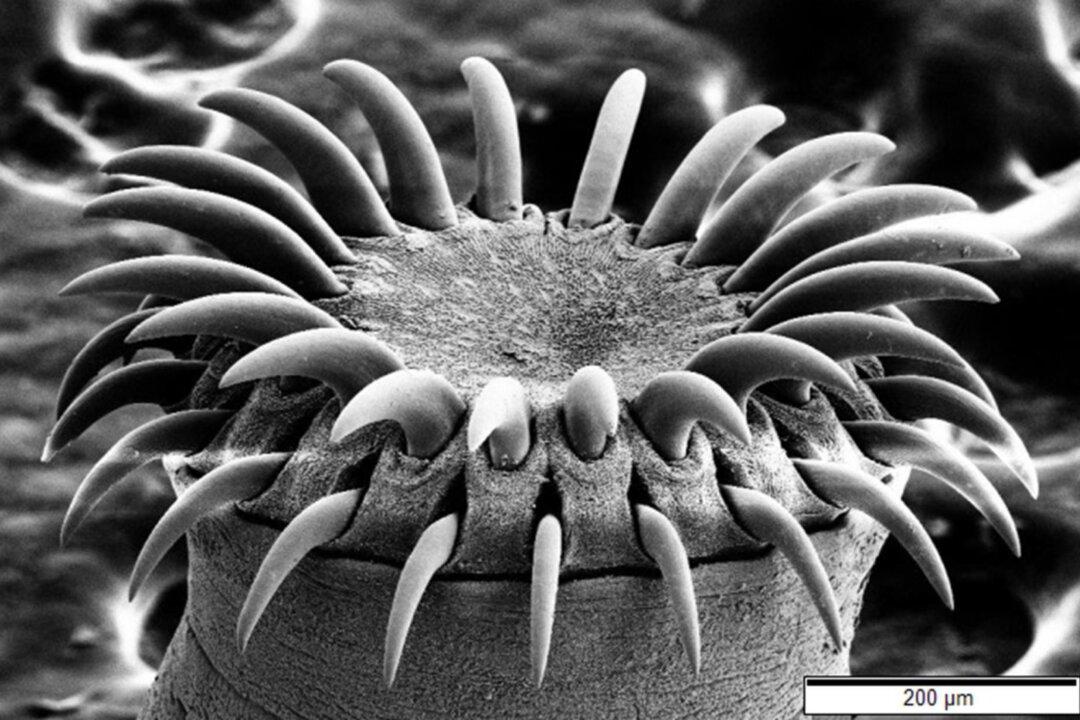A teenager died after his brain became riddled with hundreds of larvae from a tapeworm often picked up from eating pork.
The case of the unnamed 18-year-old in India was featured in the New England Journal of Medicine, which showed MRI scans of his brain, dotted with white specks that indicated where cysts had formed.





